Big Bear Bald Eagle Cam – Friends of Big Bear Valley (2021)
An eagles’ nest cannot have a better view that this! The pair of unbanded eagles, Jackie and Shadow have mated and laid their eggs. They have been tending the eggs with beautifully coordinated shift changes. Big Bear Bald Eagle Cam is presented by the Friends of Big Bear Valley from Fawnskin, California. Here you can find their brief history. NatureDocumentaries.org follows a number of webcams and these charismatic birds of prey occupy a significant chunk. Thanks to continent-wide conservation efforts […]

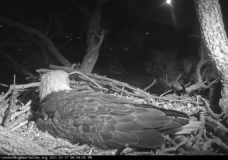
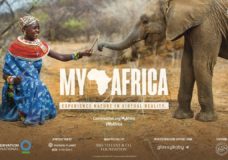
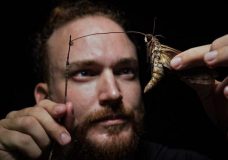



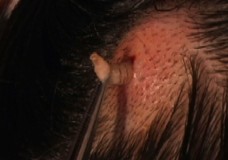


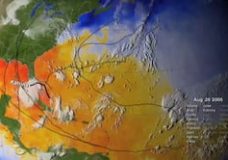



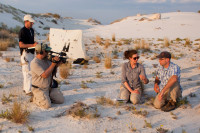
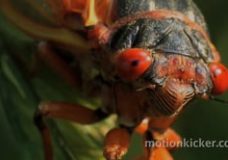

Recent Comments